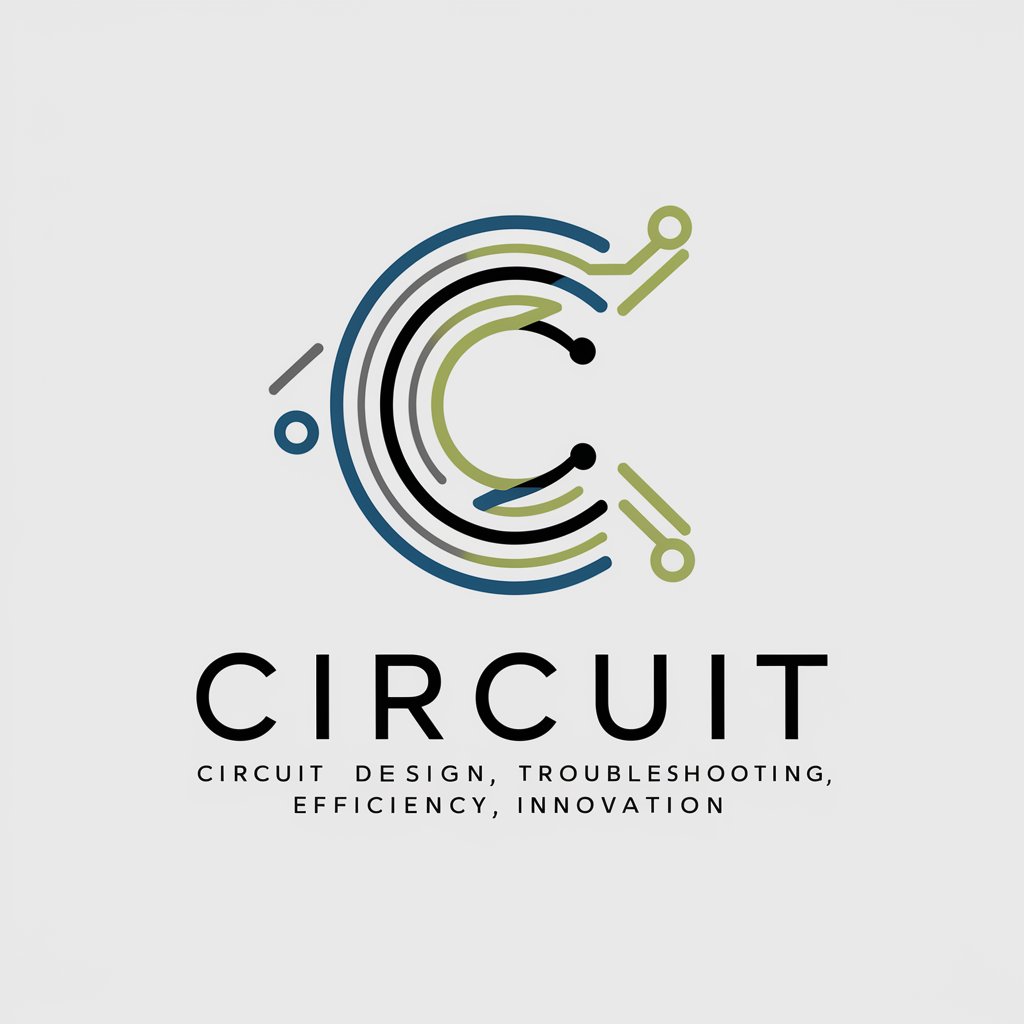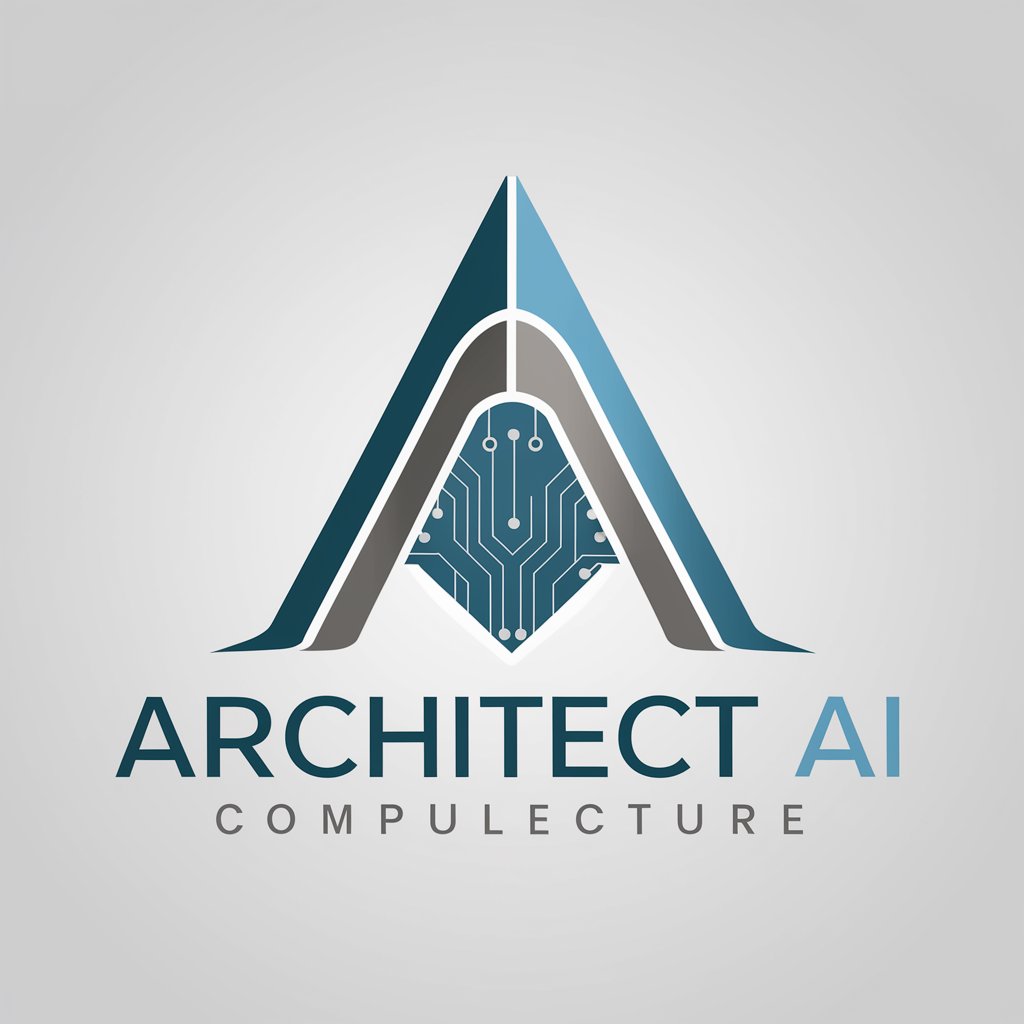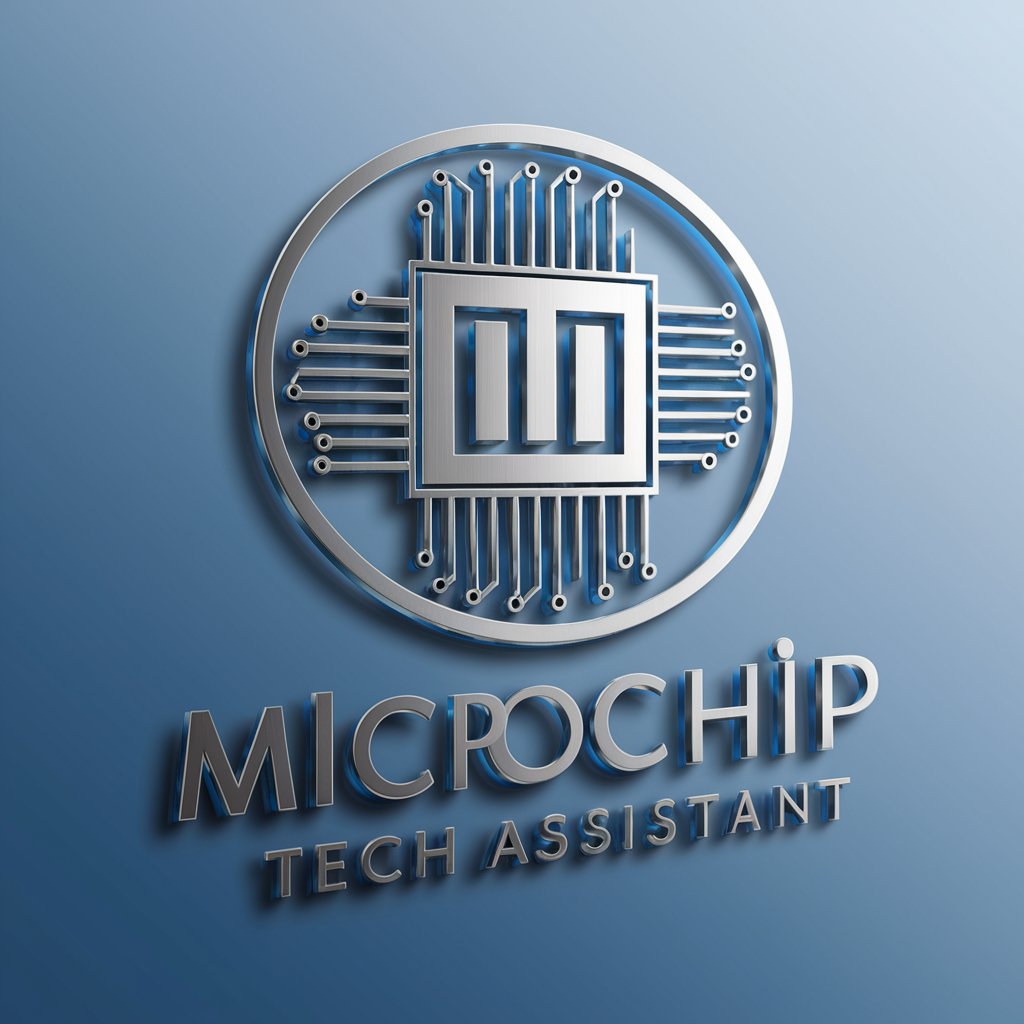
Computer Chip Design - Advanced Chip Design Insights
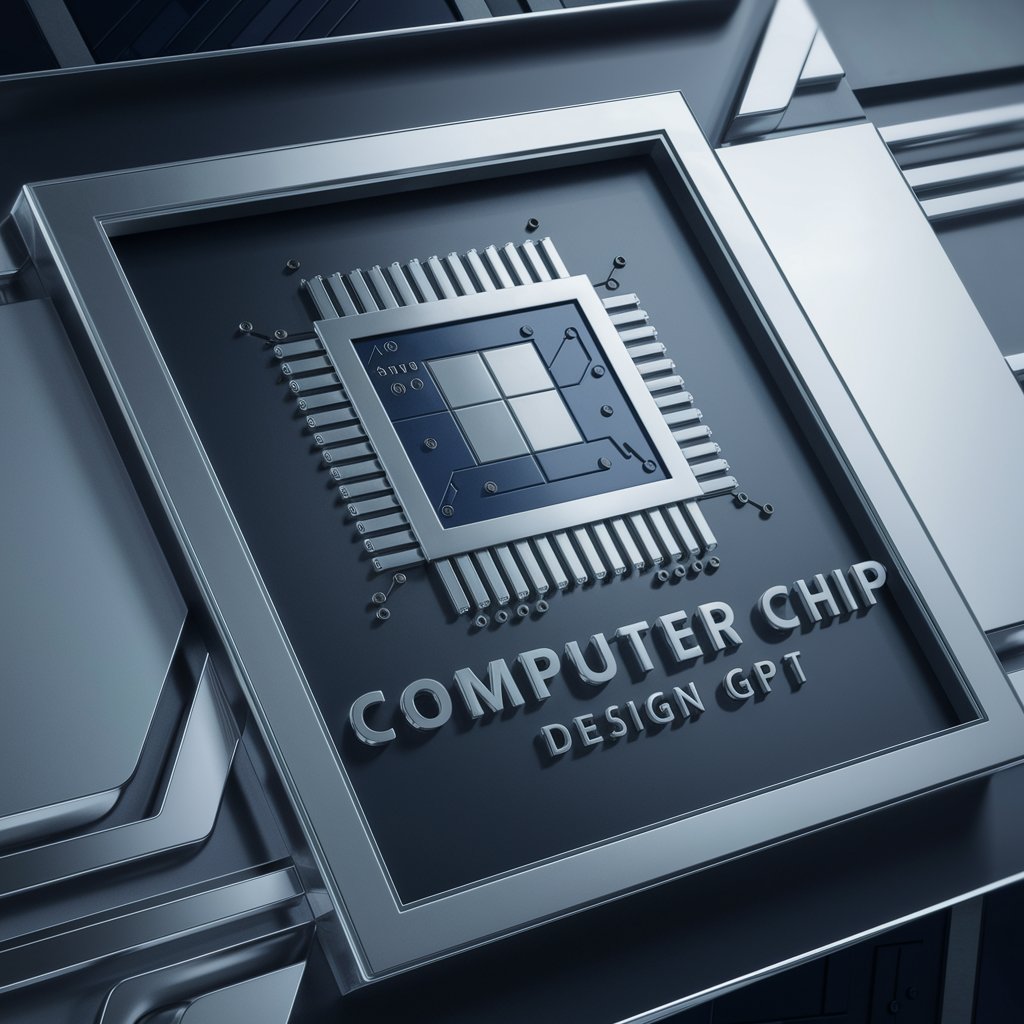
Welcome to Computer Chip Design GPT, your expert in advanced chip design and optimization!
Optimize and innovate with AI-powered chip design.
Can you explain the impact of Moore's Law on modern chip design?
What are the latest trends in chip fabrication technologies?
How can we optimize power consumption in a new chip design?
What are the environmental considerations in the chip manufacturing process?
Get Embed Code
Overview of Computer Chip Design
Computer chip design encompasses the conceptualization, architecture planning, layout design, simulation, and testing of integrated circuits (ICs), which are the heart of all electronic devices. This multidisciplinary field combines electrical engineering, computer science, and materials science to create chips that process information, control electronics, or provide memory. Examples of applications include microprocessors in computers, microcontrollers in embedded systems, and digital signal processors in communication devices. The design process begins with defining the chip's functionality and performance requirements, followed by creating a schematic diagram that outlines the electronic circuits. Next, designers use electronic design automation (EDA) tools for layout design, simulating how the chip will perform, and finally, testing the design for reliability and performance. A prime example of this is the development of a microprocessor, where the design specifies how millions of transistors will be organized on a silicon wafer to execute complex computations efficiently. Powered by ChatGPT-4o。

Core Functions of Computer Chip Design
Architecture Design
Example
Designing a CPU architecture for improved computational efficiency
Scenario
In this scenario, designers create a blueprint for a central processing unit (CPU) that optimizes for speed and power efficiency, incorporating advanced features like superscalar execution and branch prediction to process multiple instructions per clock cycle.
Simulation and Testing
Example
Simulating the performance of a new GPU design under various load conditions
Scenario
Designers use simulation tools to model how a graphics processing unit (GPU) behaves when running high-definition video games or 3D rendering tasks, identifying bottlenecks and ensuring reliability under peak loads.
Layout Design and Optimization
Example
Creating a compact, power-efficient layout for a mobile device's SoC
Scenario
This involves using EDA software to physically arrange the components of a System on a Chip (SoC) for smartphones, focusing on minimizing space and maximizing energy efficiency, crucial for extending battery life.
Target Users of Computer Chip Design Services
Electronics Manufacturers
Companies involved in producing electronic devices, such as smartphones, laptops, and IoT devices, would benefit from custom chip designs that offer superior performance, energy efficiency, and differentiating features in a competitive market.
Research and Development Teams
R&D departments in academia and industry focusing on next-generation computing technologies, such as quantum computing or artificial intelligence chips, would utilize advanced design and simulation services to prototype and test their innovative concepts.
Hobbyists and Educators
Enthusiasts and teachers looking to understand or teach the intricacies of chip design can benefit from simplified design tools and resources to create educational projects or DIY electronics, fostering a deeper understanding of hardware design.

How to Utilize Computer Chip Design
1
Start by visiting yeschat.ai to explore Computer Chip Design capabilities with a free trial, no signup or ChatGPT Plus required.
2
Familiarize yourself with the interface and select the 'Upload Design' feature to begin analyzing your chip designs.
3
Utilize the 'Optimization Suggestions' tool for feedback on improving your design's efficiency and performance.
4
Engage with the 'Compare Methodologies' function to understand different design approaches and their impacts.
5
Regularly check the 'Resources' section for the latest tutorials, industry news, and continuous learning materials.
Try other advanced and practical GPTs
Chip Guru
Streamline Your Tech with AI

Chip
Revolutionizing Fitness with AI

Which Chip Flavor Am I?
Crunch into your personality!

Steelhead Chip
Precision Angling with AI Power

Chip Design Guru
Empowering Chip Design with AI
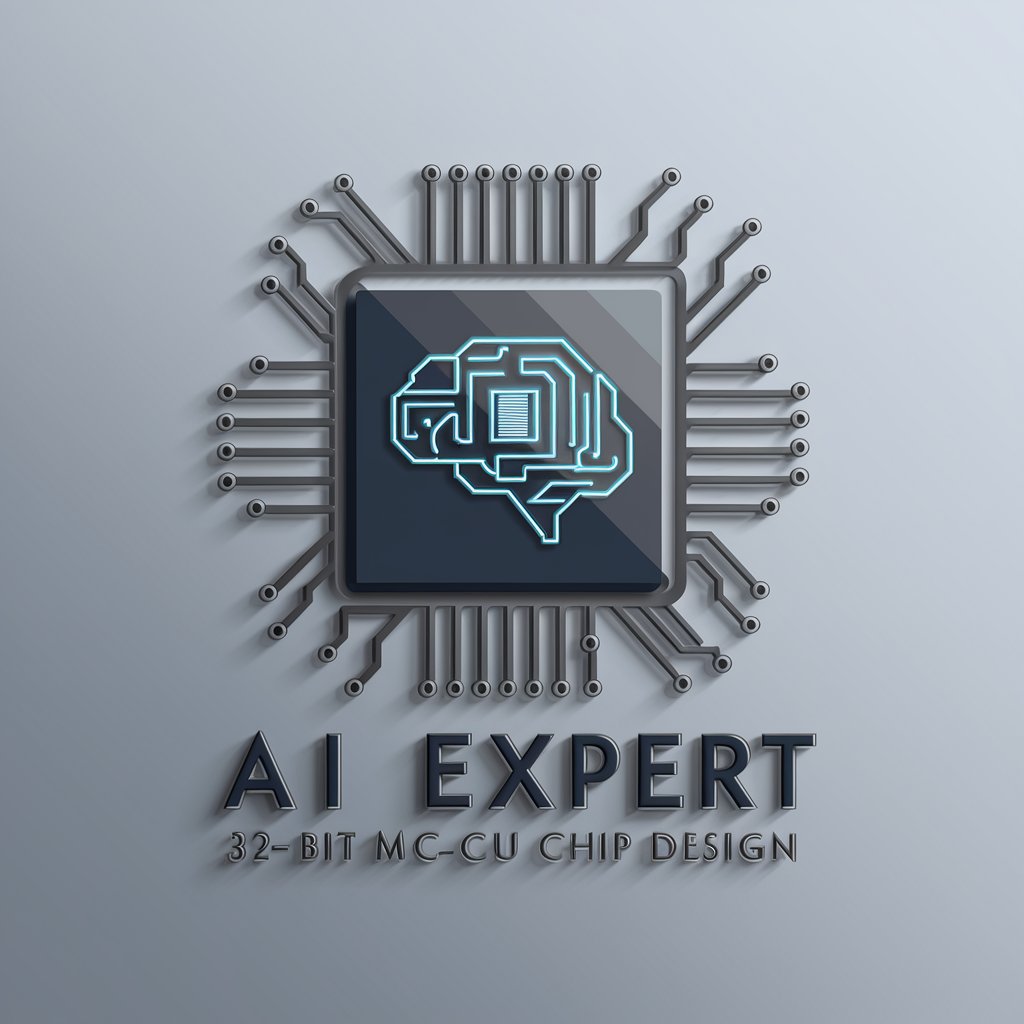
Chip Electronics Assistant
Streamlining Electronic Solutions with AI
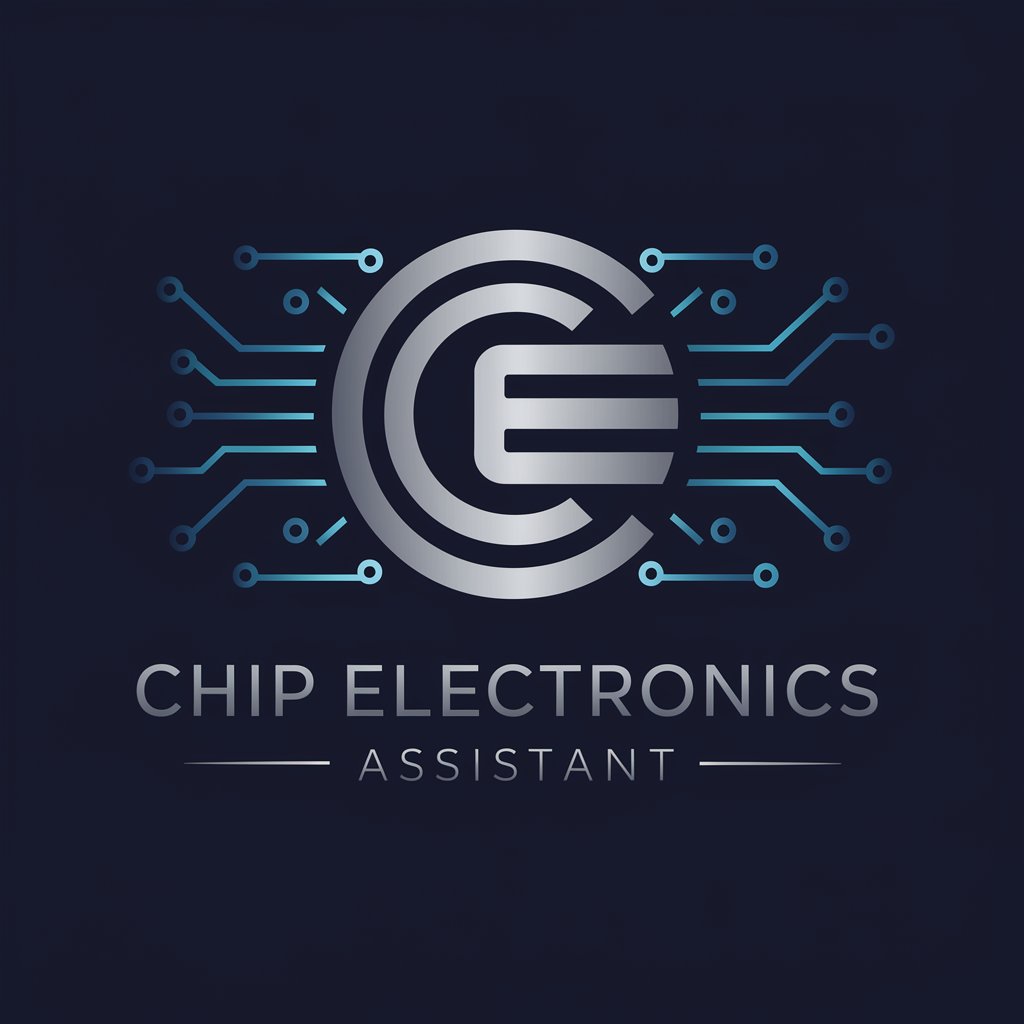
Salad Market - Create your own Salad Recipe
Tailor-made salads with AI flair.

Job Application Advisor
Turn your job application into a success story with AI-powered, brutally honest advice.

ESG Advisor
Empowering ESG Excellence with AI

Lean Buddy
Optimize processes with AI-powered Lean tools

Celebration Architect
Designing Events with AI Expertise

Celebration Advisor
AI-Powered Party Planning Expert

Frequently Asked Questions about Computer Chip Design
What makes Computer Chip Design unique?
Computer Chip Design leverages advanced AI to provide real-time optimization suggestions, comparison between methodologies, and personalized advice, making it a unique tool for both beginners and seasoned professionals.
Can I use Computer Chip Design for educational purposes?
Absolutely, Computer Chip Design is an excellent resource for students and educators, offering insights into chip design theories, practical case studies, and the latest industry trends for a comprehensive learning experience.
How can Computer Chip Design help reduce environmental impact?
By offering optimization suggestions that focus on reducing power consumption and suggesting materials and processes that are less harmful to the environment, Computer Chip Design contributes to more sustainable chip manufacturing practices.
What kind of optimization suggestions does Computer Chip Design provide?
It provides a range of suggestions, from improving power efficiency and processing speed to reducing physical space on the chip, all aimed at enhancing the overall performance and cost-effectiveness of the design.
Is there a community or support system for users of Computer Chip Design?
Yes, there is an active online community and a dedicated support team available to assist users with their questions, share best practices, and offer guidance on how to make the most of the tool.

